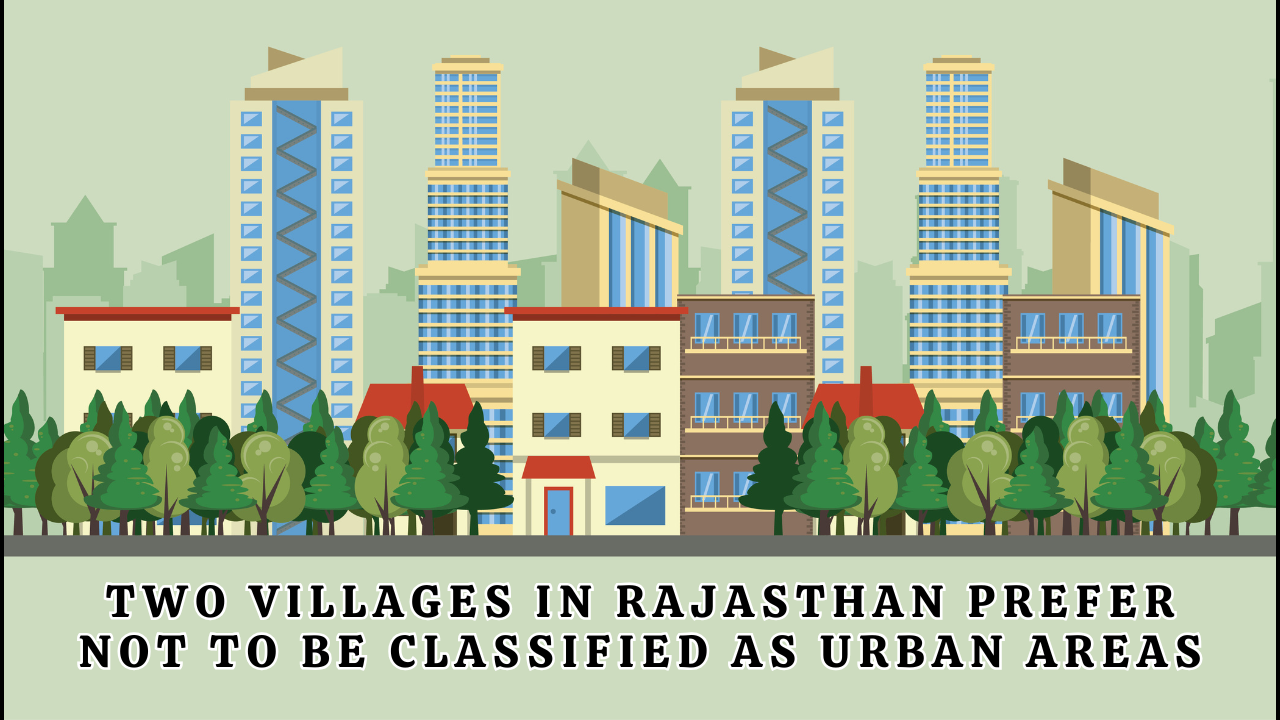Font size:
Print
Debt Relief for Africa may Require a New Global Alliance
Context:
In the mid-1990s, Jim Wolfensohn, a former Olympic fencer and banker, became President of the World Bank under US President Bill Clinton. He introduced fresh perspectives amid growing dissatisfaction with Bretton Woods institutions.
Background:
- Jim Wolfensohn’s Tenure: Former Olympic fencer and banker became President of the World Bank in the mid-1990s under US President Bill Clinton.
- Dissatisfaction with Bretton Woods Institutions: The World Bank faced backlash over dam projects in India and China; the IMF’s structural adjustment programs exacerbated poverty in Africa.
Global Advocacy for Debt Relief:
- Civil Society Activism: Activists and global NGOs like Oxfam lobbied for debt relief in low-income countries, leading to the Jubilee 2000 campaign.
- High-profile Support: The campaign gained support from figures like Bono and the Catholic Church, advocating for one-time debt forgiveness for the poorest nations.
Launch of the HIPC Initiative:
- Heavily Indebted Poor Countries (HIPC) Initiative: Introduced in 1996 to reduce debt to 200-250% of annual exports in 41 countries.
- Enhanced HIPC Initiative (1999): Target lowered to 150% of annual exports. Debt relief became a policy priority in Washington, overriding concerns about moral hazard.
Limitations of HIPC:
- Lack of Structural Reforms: HIPC did not require countries to reform governance, diversify exports, or stimulate economic growth.
- Excluded Creditors: Non-Paris Club bilateral and private creditors were not mandated to cancel debts, limiting the impact of the initiative.
- Debt Recurrence: By 2005, many countries under HIPC faced rising debt again, leading to another initiative, the Multilateral Debt Relief Initiative (MDRI).
Evolution of Debt Crisis:
- Current Debt Holders: China holds $90 billion in loans to Africa, constituting 60% of bilateral debt, while the Paris Club holds just 5%.
- Rising Private Lending: Private loans grew from 30% of Africa’s total debt in 2010 to 44% by 2021, fueled by access to bond markets.
New Challenges:
- Major Economic Shocks: COVID-19 and the Ukraine war have exacerbated the debt burden while African nations struggle to transform borrowing into sustainable growth.
- Need for Comprehensive Approach: A new debt relief effort must include private lenders and China to succeed, with coordinated action from states, civil society, and multilateral institutions.
Conclusion
- Sustainability Requires Reform: Debt relief alone will not solve the crisis; African countries must implement local reforms to drive economic growth.
- Ongoing Global Challenge: The legacy of leaders like Wolfensohn may have passed, but the need for strong global alliances to address debt relief continues.



